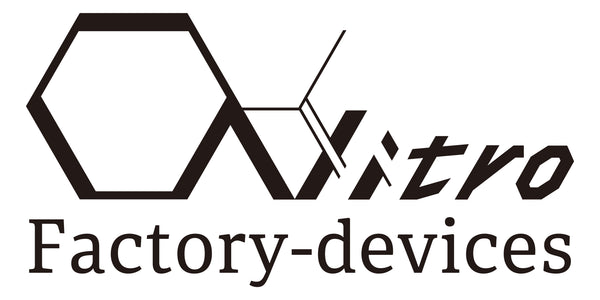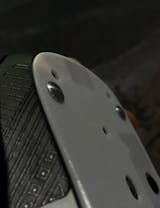Nitro Factory
nTech Skate for Universal ALM
nTech Skate for Universal ALM
Couldn't load pickup availability
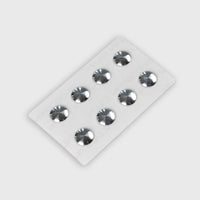
申し訳ございません。こちらの商品は在庫がありません
メールアドレスを登録していただくことで、在庫入荷時にお知らせいたします。
こちらのメールアドレスは、在庫のお知らせ以外では使用されません。
▶︎About ALM
Universal Dot Duralumin Alloy Mouse Skates
Diameter: 6.8mm, Thickness: 1.0mm, 1 set contains 8 pieces.
Due to differences from the typical manufacturing process for mouse skates, this product may exhibit variations in performance compared to conventional mouse skates.
▶About aging
This product has a machined skate, so there will be tiny cutting marks (tiny burrs that are invisible to the naked eye) on the initial surface. A certain period of aging is required for the cutting marks to become even and for the lubricity to stabilize. Since damage to the fibers of the mouse pad may occur during the first 2 to 4 hours of use, we recommend using an old or inexpensive mouse pad during the initial aging period.
During the aging process, the mouse pad may feel a little rough when you slide the mouse over it. Use the disappearance of this roughness as a guide to when the initial aging process is complete.
▶Smoothness of the material
The initial and gliding speed are one or two levels slower than PTFE skates, and the feel is somewhere between speed and control. As the skates break in, the glide becomes wet and smooth, similar to PTFE rather than the dry feel of ULTEM.
Due to the unique hardness of metal, these skates pick up the texture of the mouse pad more easily than plastic-based skates. On mouse pads with large surface irregularities, such as Amundsen weave, rough plain weave, or those made with thick threads, you’ll notice a more solid feel. This is especially noticeable with the Speed shape. Generally, I recommend mouse pads made from finely woven or densely knitted fabrics. In terms of durability, once the initial break-in period is over, you can use them for a long time without worrying about replacement.
Regarding static electricity, the material is conductive as it is metal, making it difficult for static electricity to build up. Even in dry environments or on mouse pads where static electricity is an issue with traditional resin or glass skates, these skates remain stable and do not stick to the mouse pad due to static.
In terms of weight, the default skate of a typical mouse is about 2 to 3g, the ALM-B weighs about 1g with eight pieces attached, and plastic skates such as the PLZ weigh around 0.8g, so the weight is not significantly heavier than the original surface skates or PTFE skates.
▶︎Mouse pads recommended for ALM-B
・Quourer Perseus Premium V1
It is easy to use and has an all-round feel when combined with a control-type mouse pad with a relatively soft cousioning. It is easy to adjust the brake caused by sinking, and it is easy to get an image of a constant speed chill aim-like mouse operation.
・Artisan RAIDEN Xsoft
For speedy mouse pads, a finely woven fabric is best. If you like a light feel and prefer flicks, the Xsoft Balanced shape is easy to sink into and stop.
・Artisan HAYATE Otsu mid
For those who like a more direct feel with textured fabrics, I think the hardness of the material will be the best way to feel the direct feel. However, since the surface of ALM itself is wet and slippery, the solid feel of Shippu-Otsu is weaker than when combined with ULTEM etc.
▶What's in the box
- Mouse skate x1
- Alcohol cleaning pad x1
- Instruction manual (with Discord server QR code for purchasers only) ×1
*Please note that we may not be able to include alcohol pads due to transportation issues.

(the image above: What's included)
▶︎Edge processing

(the image above: Comparison of the three types of mouse skates (Speed, Balanced, and Flat) with a standard mouse skates)
nTech Skate comes in three shapes: Speed, Balanced and Flat.
The Speed and Balanced shapes are dome-shaped and connect smoothly to the bottom of the skates, so there is no part that corresponds to the edge of a standard mouse skates.
In a flat shape, the edges are connected to the flat bottom surface as smooth arcs without any snags.
▶ Differences between Balanced, Speed and Flat shapes
 (Image of the depth of the sinking)
(Image of the depth of the sinking)
Speed shape: When sinking, it locks and stops suddenly → For those who have a strong image of fast flick movements
Balanced shape - When sinking, the brakes gradually slow down. For those who have a strong image of a constant speed chill aim.
The flat shape and small sinking make the feeling of slipperiness less likely to change when clicking → For people who are conscious of relaxing their muscles and for whom changes in resistance can easily affect the feel of operation.
▶︎About the number of installation
By changing the number of skates installed, you can adjust the amount of braking force (brake feeling) that occurs when the load is applied. Four skates will give a stronger brake feeling, and eight skates will give a weaker brake feeling. Additionally, the more skates you have installed, the less likely it is that the texture of the mouse pad fabric will be picked up, resulting in more stable operation. However, if you install more skates, the resistance itself will also increase. Essentially, there is a trade-off between stability and resistance.
3 Points: It can only be used on mouse pads with firm cushioning, but it allows you to feel the surface of the mouse pad most directly. It is not suitable for those who prefer to use the mouse with minimal force; rather, it is ideal for those who support and move the mouse with moderate pressure from the sides.
4 to 6 Points: It can be used on softer mouse pads, providing a simple and easy-to-use experience. It’s best to adjust the number of skates based on the braking effect caused by the pad's compression. Even when using the mouse with a light touch, there will be no bottoming out.
8 Points: It offers high stability and makes it easier to feel the differences in glide speed between materials. It provides a stable experience regardless of the mouse pad or the amount of pressure applied.
▶︎6 types of materials- SOFT/SOLID and WET/DRY

(Above: A matrix of how each feels to use)
SOFT
- The material itself is soft, so you don't really feel the texture on the surface of the mouse pad.
-There is little feedback to your fingertips when gliding or standing still, so it feels like you're moving smoothly.
SOLID
- The material itself is hard, so you can easily feel the texture of the mouse pad surface.
- Strong feedback to your fingertips when gliding or standing still, giving you a direct feeling of control.
WET
- It feels like a wet tile and slides smoothly.
- The lubricating properties of the material itself give it a silky smooth feel.
DRY
-It feels smooth, just like dry skin.
-The small contact area of the material gives it a smooth feel like linen.
▶︎6 types of materials- Comparison of initial and running speeds


(Each gliding speed)
Initial: Initial action
Sliding: While gliding
Share



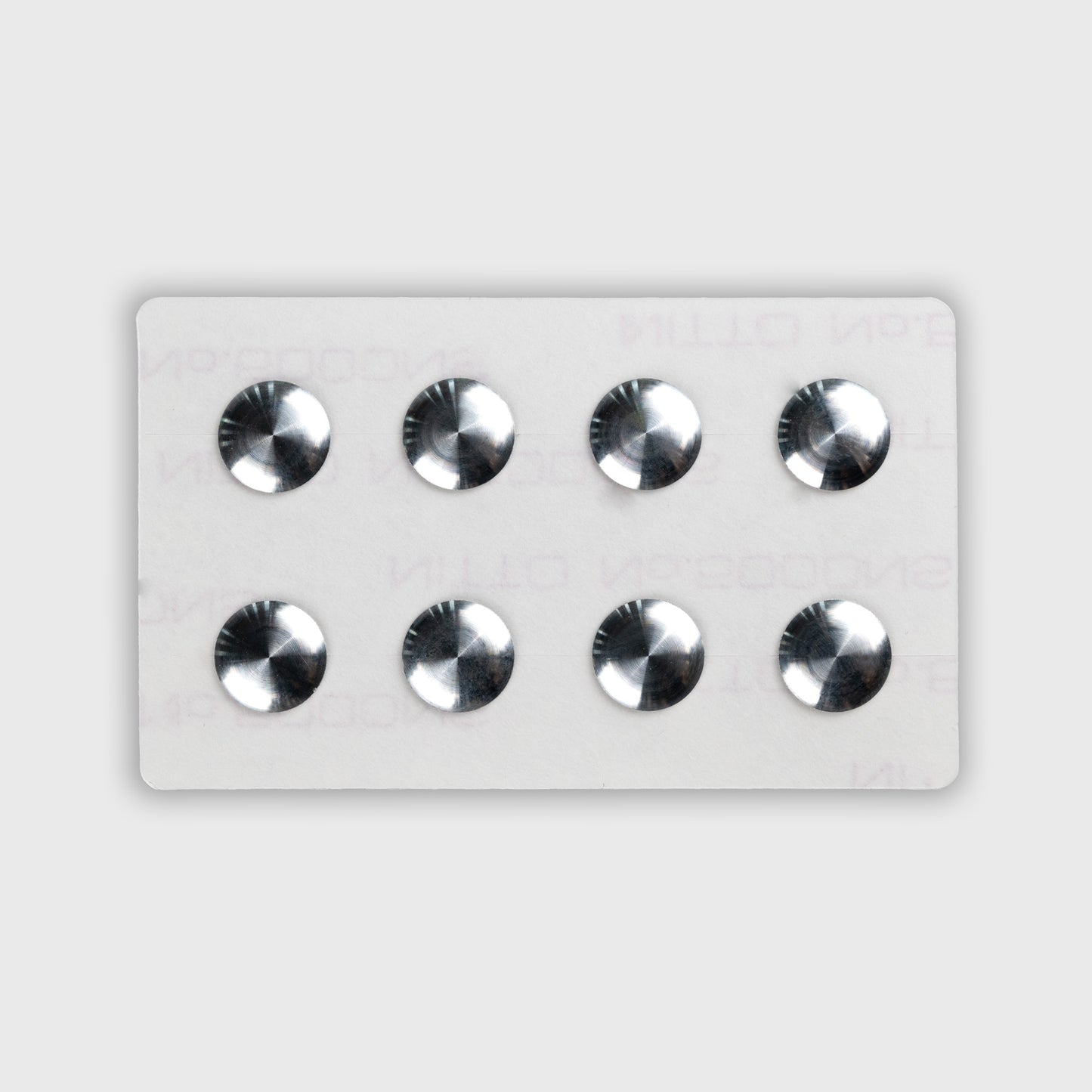
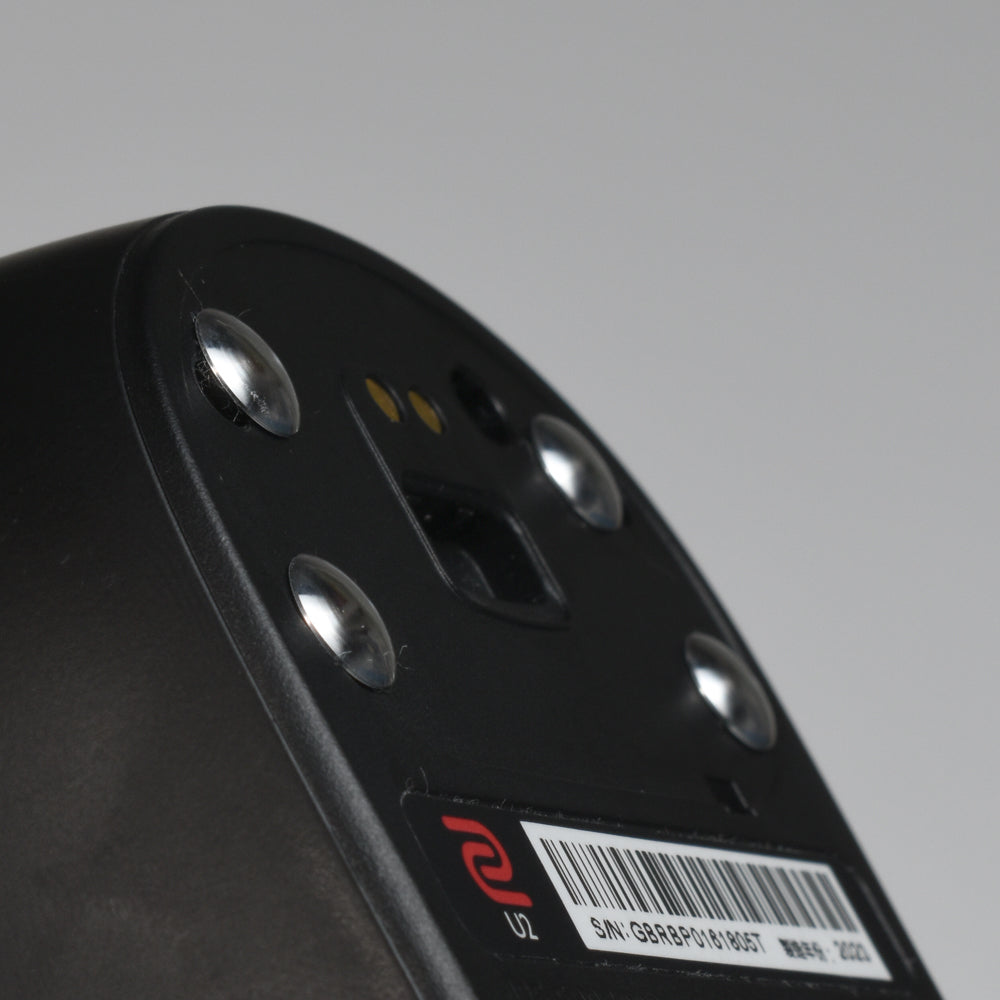
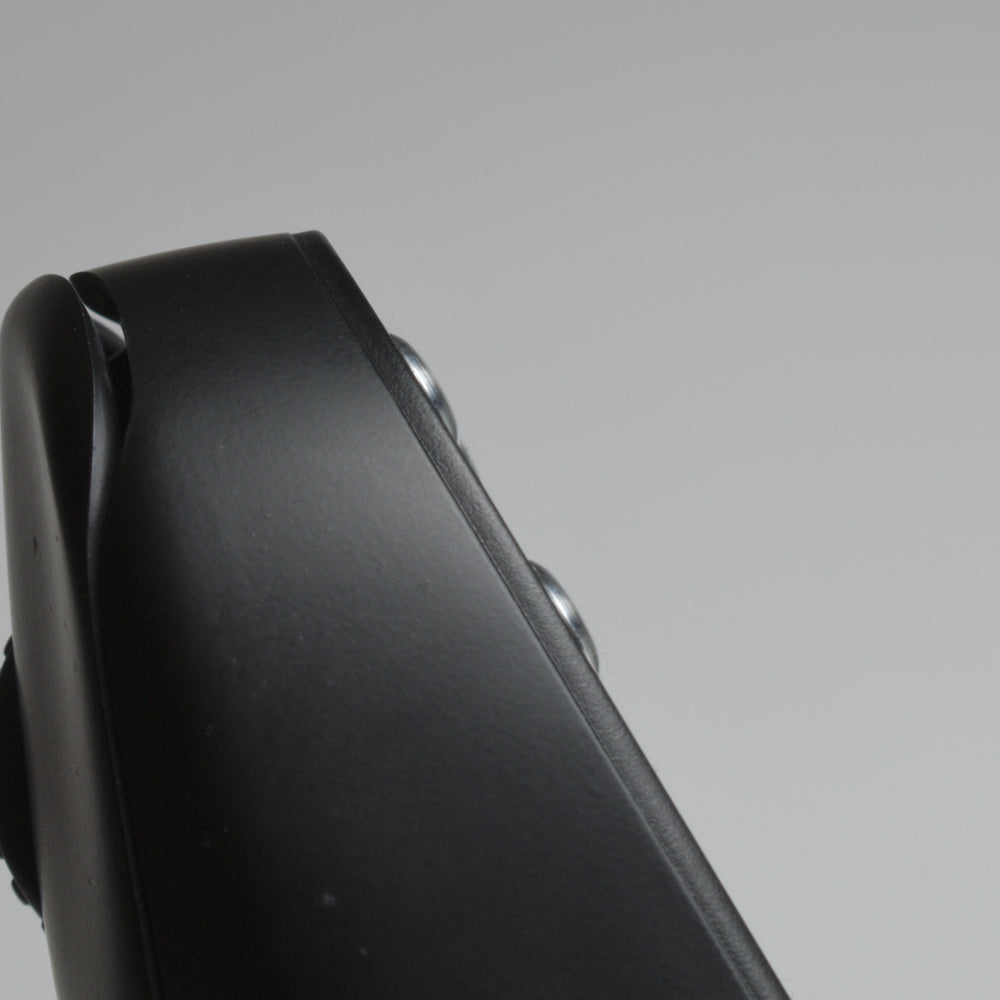
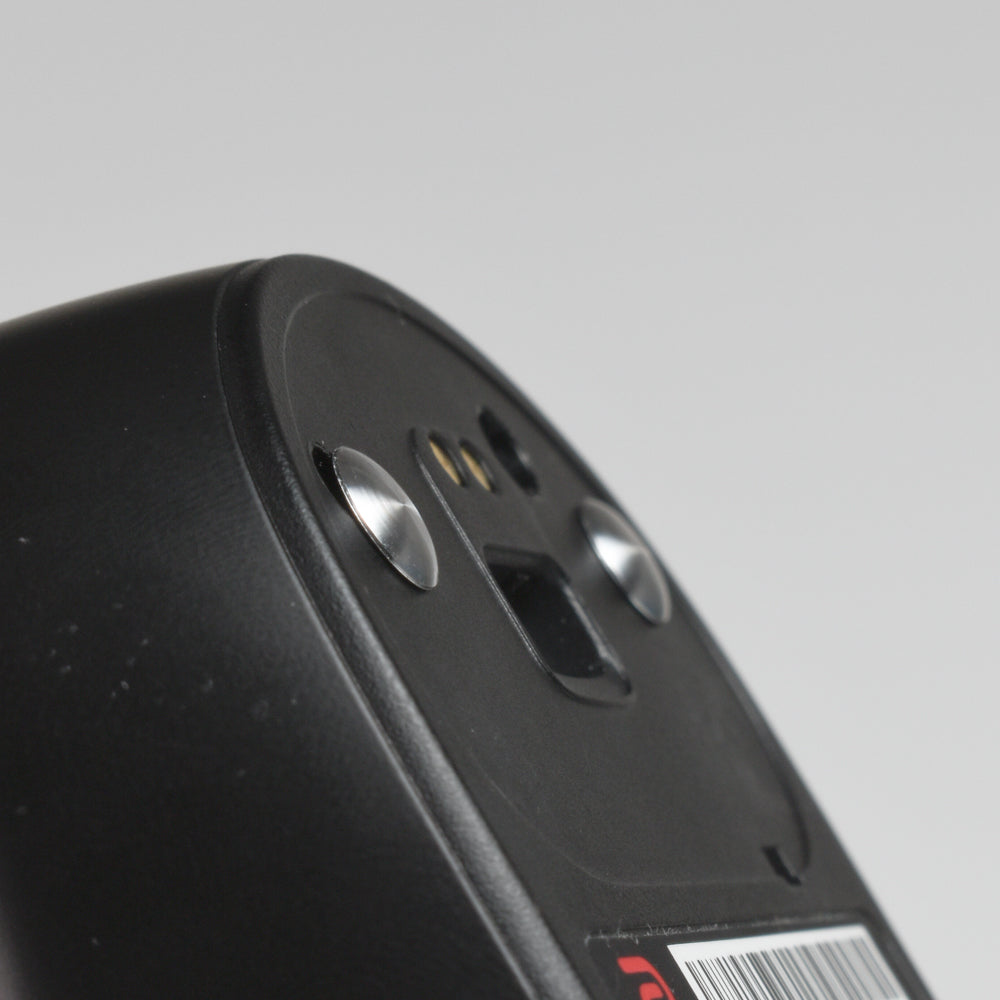
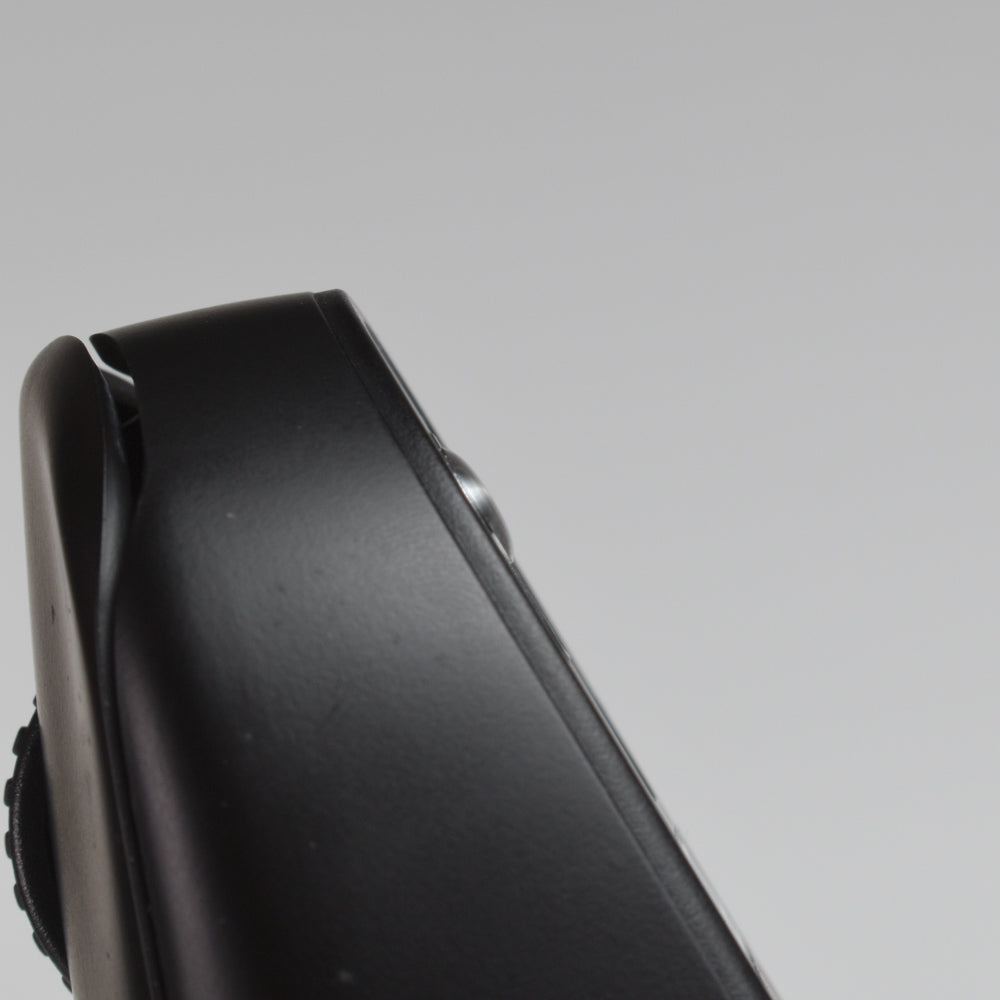
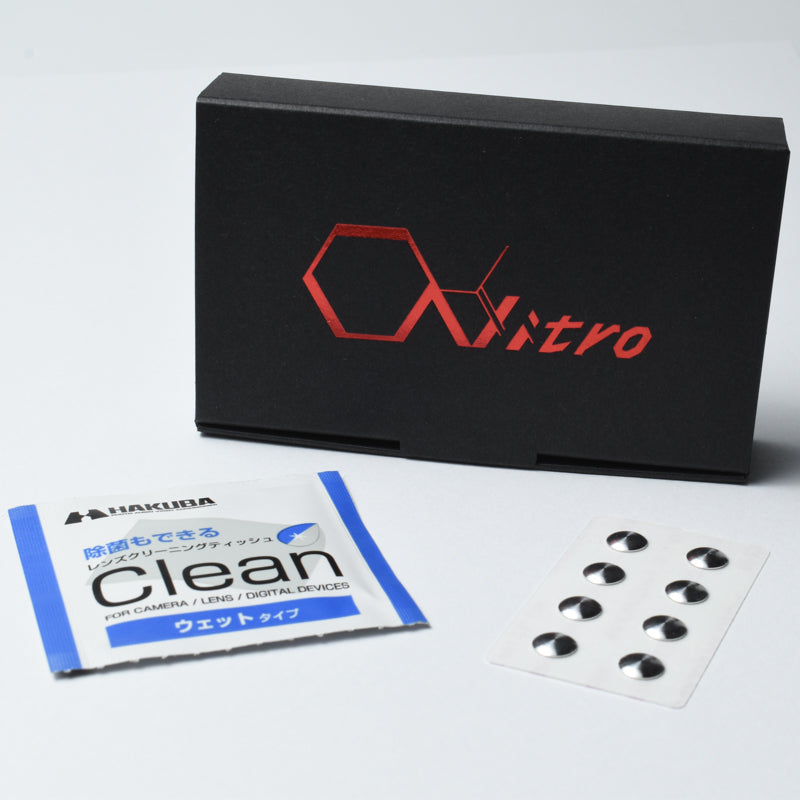
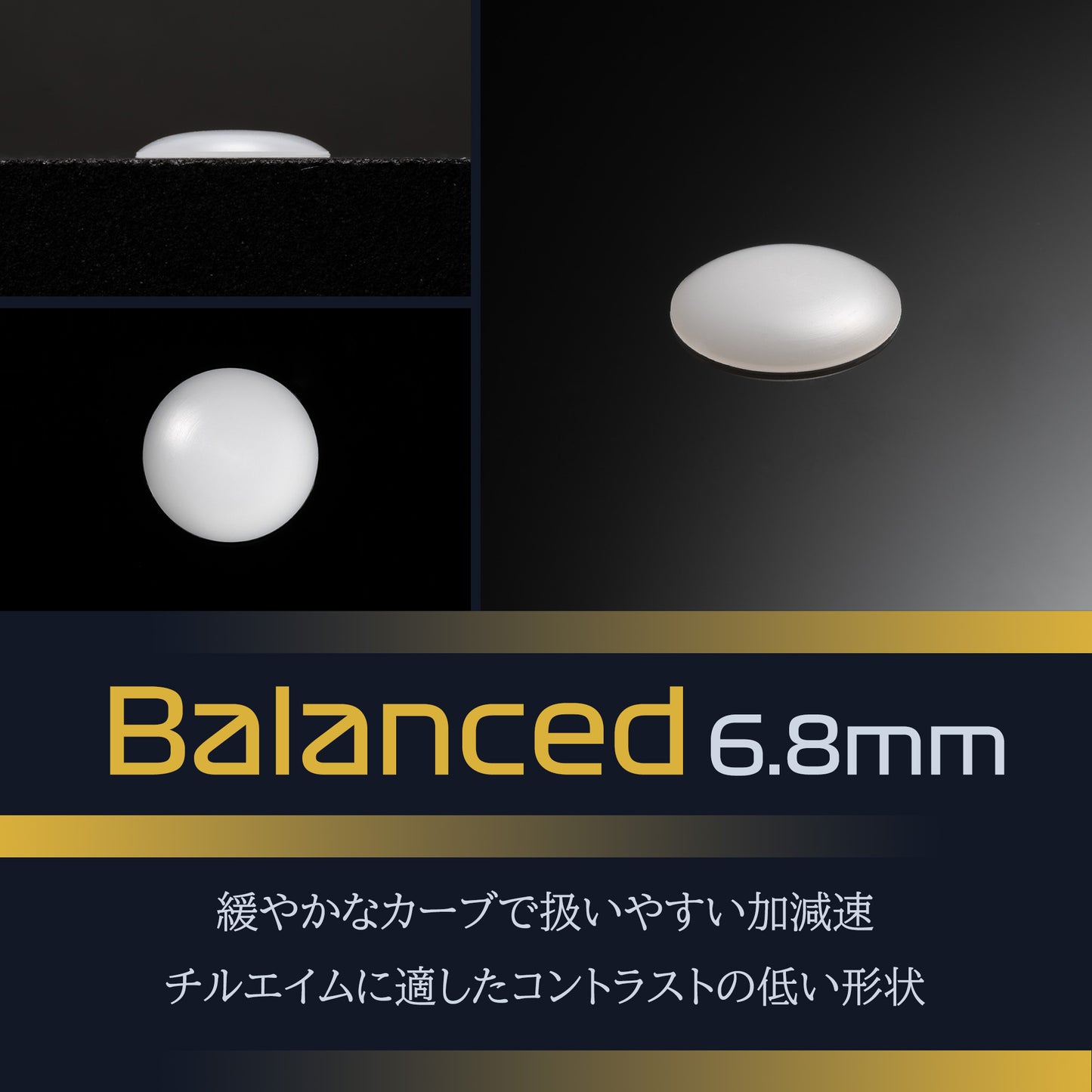
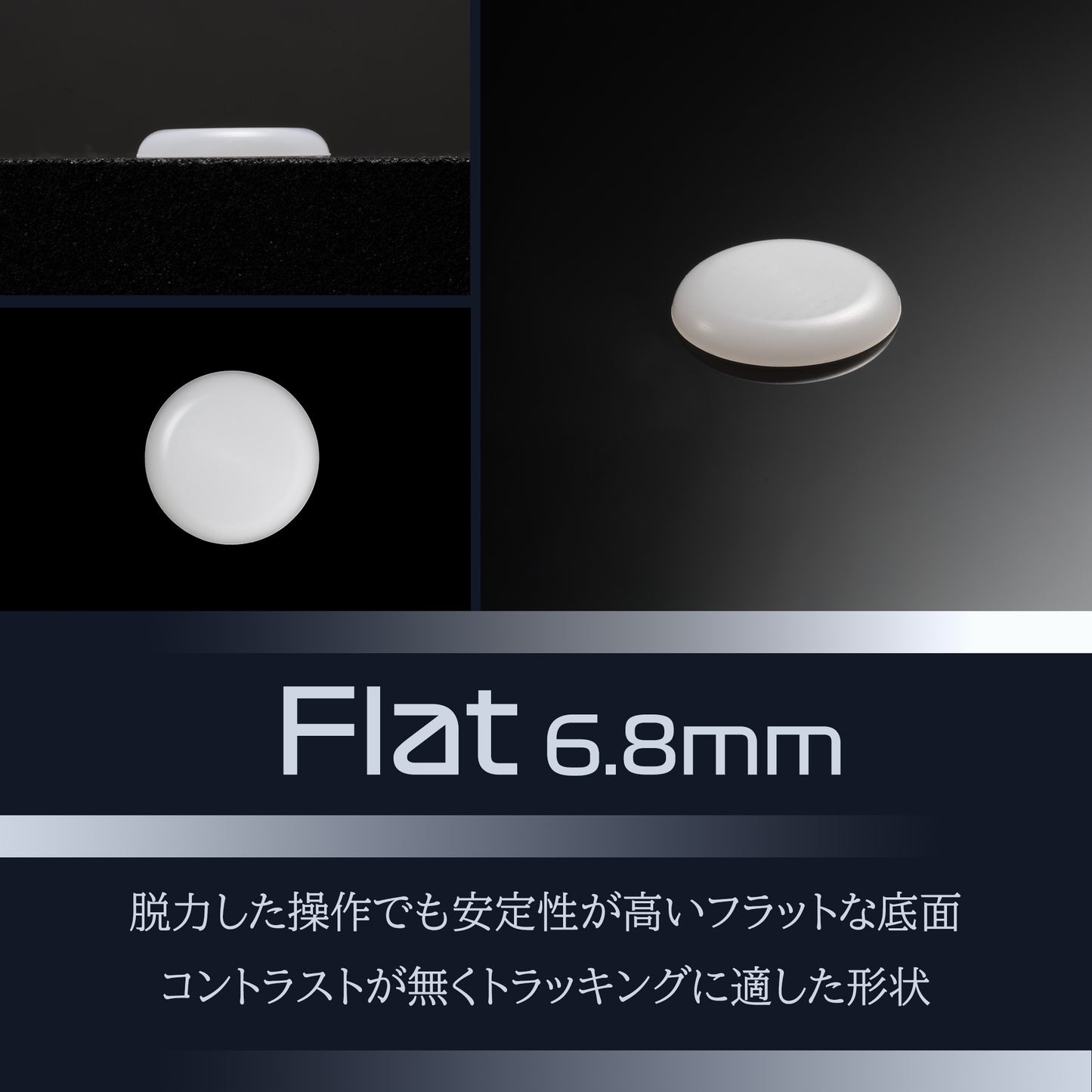
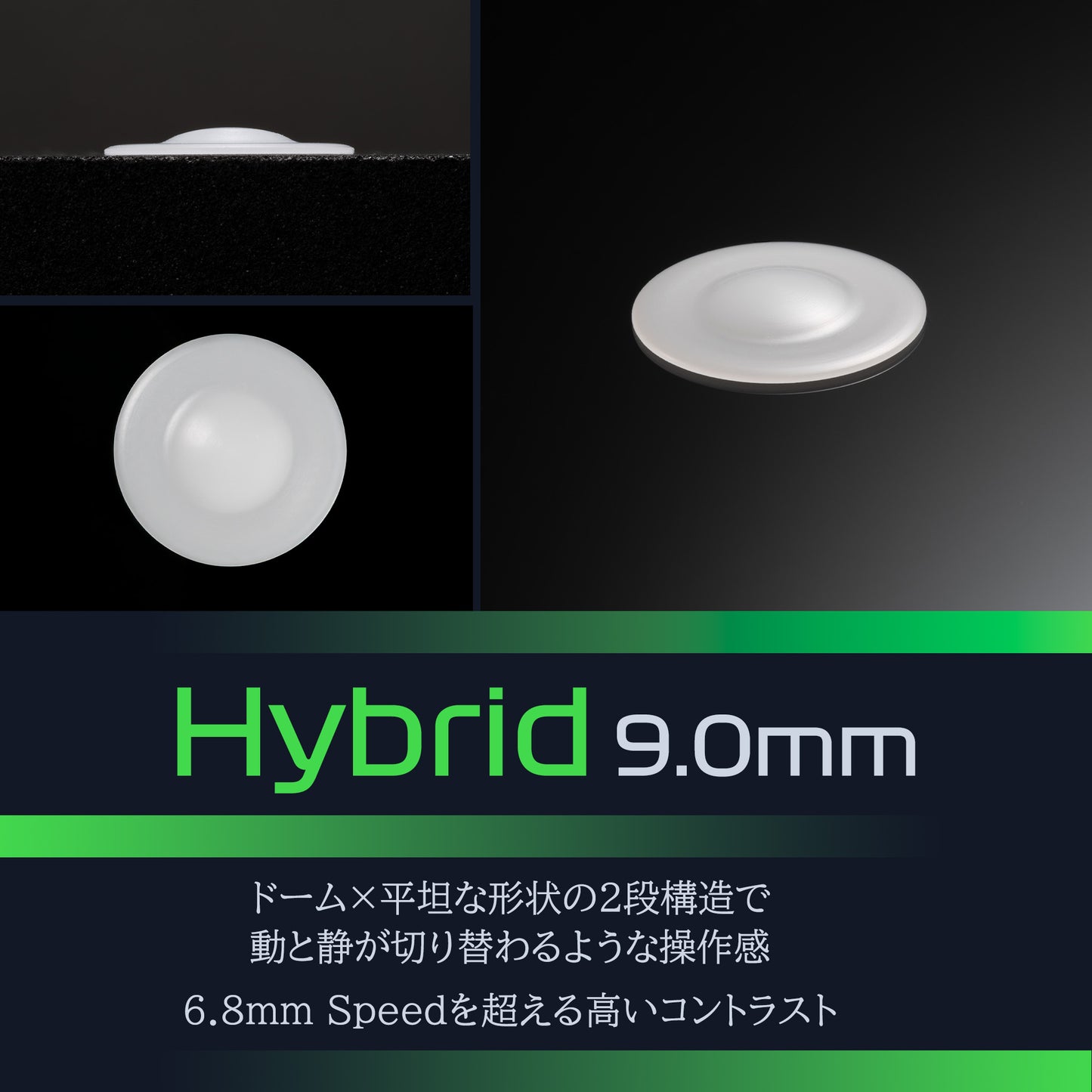
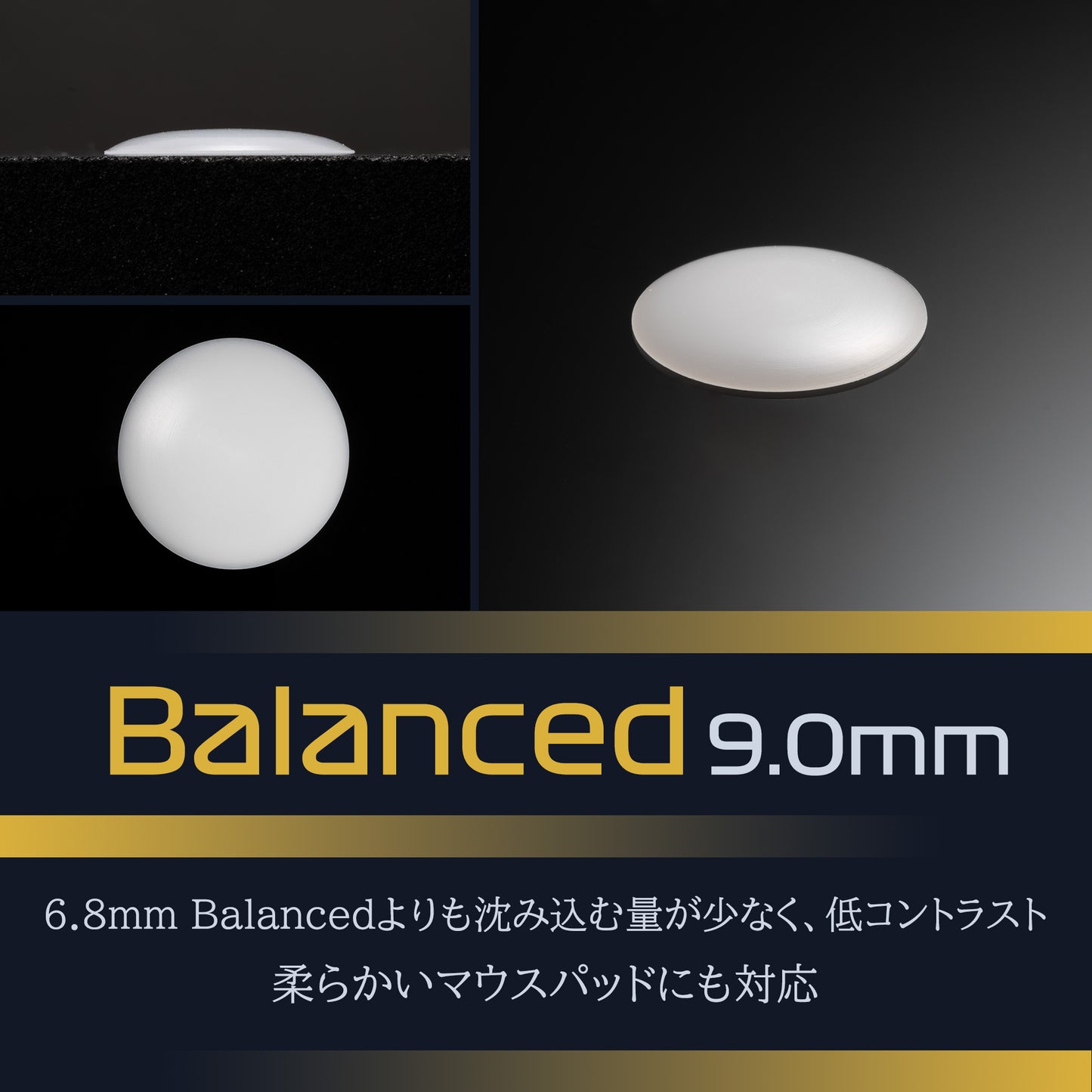
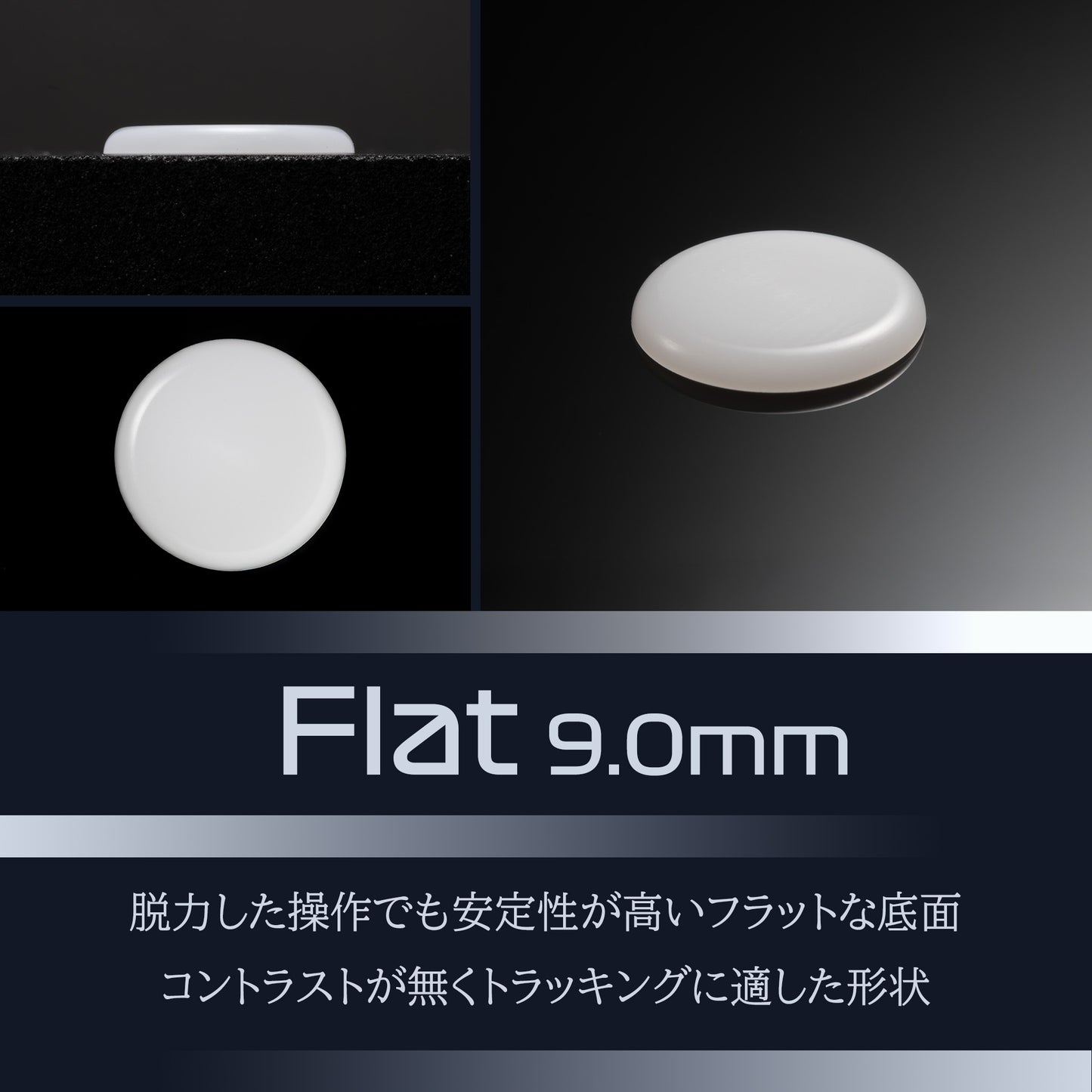
Razer VV3 PRO ALM8点貼×X-raypad Equate極 ・ガラスのようなヌメッと感がなく、PTFEの様にツルっと滑る ・マウスパッドの摩耗が早い ・ソール自体の耐久性が非常に高い 個人的には、マウスパッドの消耗を考えるとポリエステル素材のハイブリッドマウパと合わせたいと感じた。 尚且つ、表面の凹凸やザラザラ感を感じやすい為、ハイブリッドマウパの中でも、X-raypadのEquate極やACPROの様な表面が細かく織られていて引っ掛かりが少ない物が好みだった。(ジャガード織やRazer striderは△) 金属・メタル・ガラス・鉱石の中では、かなりPTFEに似たソールで、ひっかりも無く慣れやすいソールと感じた。 マウスパッドの消耗を除けば、かなり良いマウスソール
* The ALM skates are well rounded * They have a decent bit of stopping power * High initial friction * Medium - High dynamic friction * They dig into your pad really easily which for some might be a massive pro * May wear down the mousepad faster * All the NTECH Skates I've tried and these were probably the most surprising, I'm not the biggest fan of hard style skates in the first place but these add a decent bit of control and stopping power on cloth without feeling scratchy or cheap in anyway. If you want a slower skate that you'll never have to replace this is a surprisingly solid option.
【※このレビューは製品の提供を受けています】 使用マウス:Sora V2 使用ソール:ALM balance Type ・滑りに関して 滑走感、止め感共に同形状のコントロール性能のテフロンソールよりも僅かに遅め。 ガラスソールの様な独特な滑りの変化はなく、使い慣れたテフロンソールの様な滑り心地から1段階滑りを遅くした感じ。 BalanceTypeはそこそこ中間層の影響を受けやすい。 使用したPA Blackはそこそこ中間層が硬めで、滑走時と止める時のバランスが良かった。 ただ、他の極端に中間層が柔らかめのマウスパッドだとブレーキ感が強くなるため、個人的には合わなかった。 マウスパッドの中間層がArtizanのSoftか、それよりも少し硬めのマウスパッドあたりが滑走感と止め感のバランスが取れていてちょうどいいと思う。 ・ビルドクオリティに関して 削り出しで制作している為、個体によっての差が限りなく小さく、目視では到底判別できない。 新品装着時はわずかに引っ掛かりを感じるが、30分~1時間程度慣らしたら気にならなくなる。 接着面もマウスソールより1回り小さい為、接着剤にほこりなどが溜まり見栄えが悪くなるということもない。
Precautions for International Shipping
▶︎Shipping Issues
International shipping is prone to delays and issues. Please check the tracking number provided in your shipping confirmation email at least once every three days. If your package has entered your country and the tracking status has not updated for more than three days, please contact your local postal service immediately.
Depending on your country, some packages may be delivered without action on your part, while others may require you to request delivery manually.
▶︎To Ensure Smooth Delivery
Once your package arrives in your country, you can check which local carrier will handle your delivery by using tracking sites such as Japan Post or 17track.
In some cases, your package will be delivered automatically; in other cases, you may need to contact the carrier to arrange delivery manually.
Regardless of the situation, we recommend calling the local carrier once your package has arrived in your country to ensure smooth and timely delivery.
▶︎Shipping Schedule
We ship from Monday to Friday.
The post office does not accept international parcels on weekends, so we do not ship on Saturdays or Sundays.
Orders placed late on Friday may be shipped on Monday.
We are also unable to ship via Japan Post on holidays, so shipments will be made on the following business day.
▶︎Customs Duties
Customs duties are the buyer’s responsibility. Small personal orders are often duty-free, but rules vary by country. Please check your local customs before ordering.
▶︎Returned Packages
If a package is returned, we’ll cancel the order and refund only the product cost—shipping fees are non-refundable.
